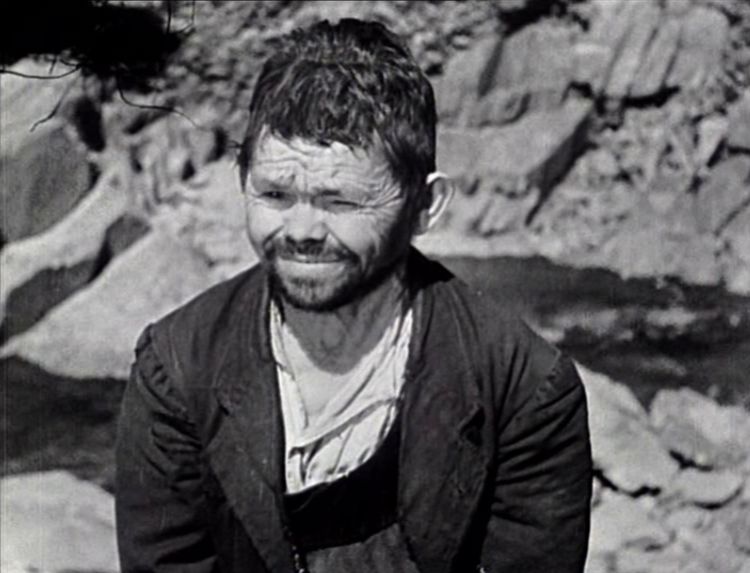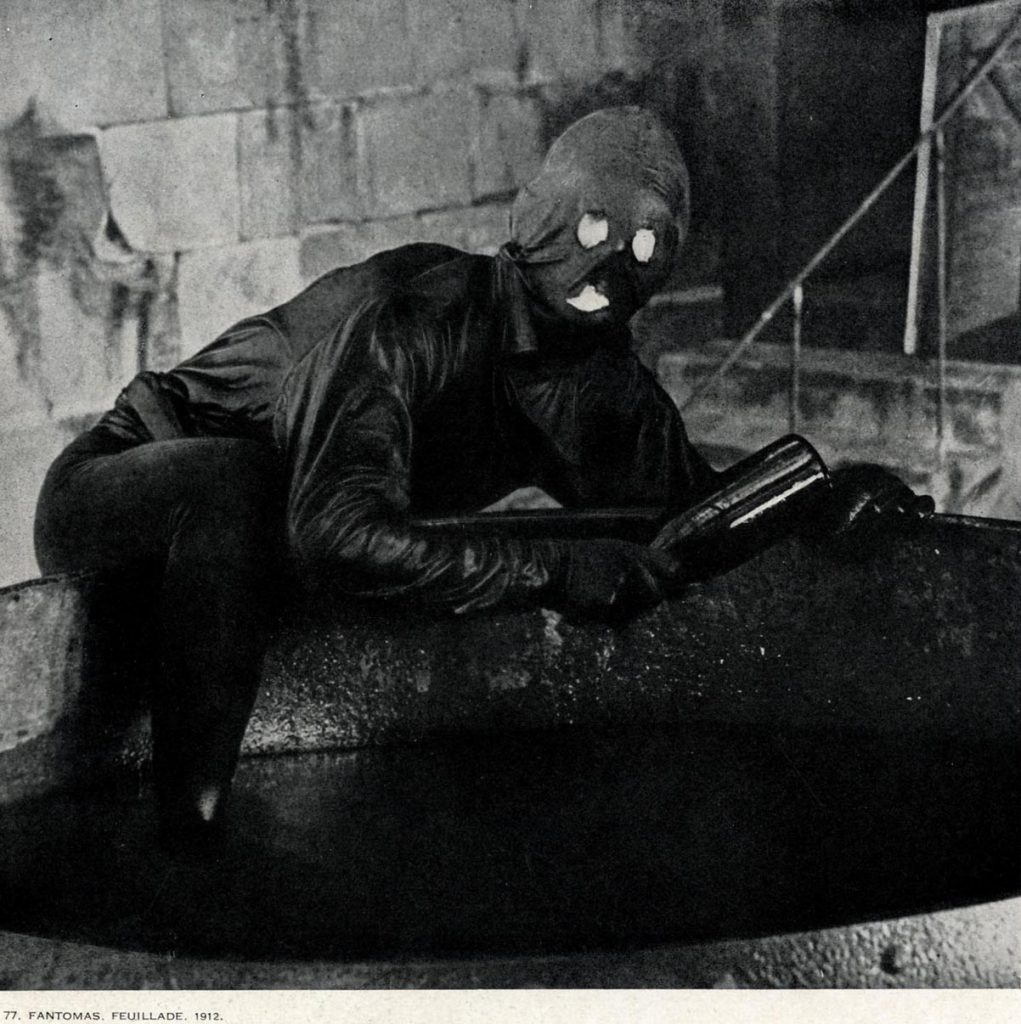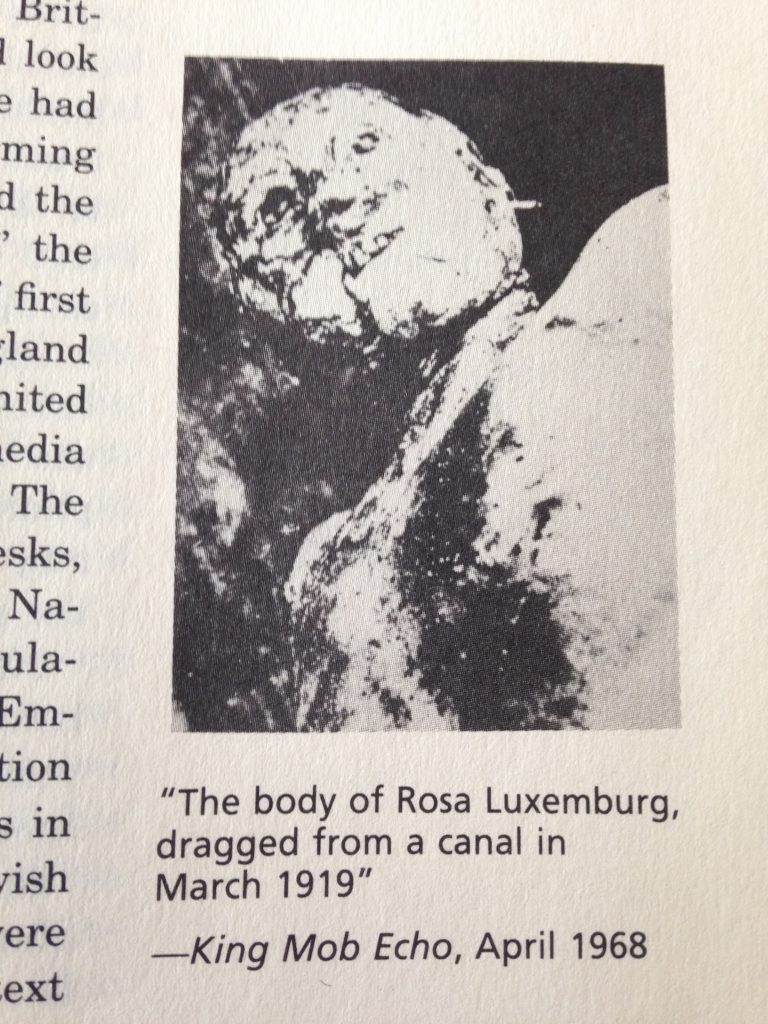Yesterday 14/3/19 I watched Buñuel in the Labyrinth of the Turtles (2018) at CinemaZuid.
The film is interesting for its details on the ‘making-of’ of Land Without Bread (1933).
It reveals how Buñuel staged several scenes of his documentary: killing a donkey to be ‘eaten’ alive by bees and killing a goat to be eaten by the locals who would otherwise never eat meat.
While showing a dwarf in the style (or maybe it is that same dwarf) as depicted in fig. 44 of Las Jurdes : Étude de géographie humaine (1927), the book that was the inspiration for the film, the narrator says:

“Dwarfs and morons are very common in the upper Hurdanos mountains. Their families employ them as goat herders if they’re not too dangerous. The terrible impoverishment of this race is due to the lack of hygiene, undernourishment and constant intermarriage. The smallest one of these creatures is 28 years old. Words cannot express the horror of their mirthless grins as they play a sort of hide and go seek.”
Another scene shows a sickly and very thin girl lying in the street:
“In a deserted street, we come across this child. Our guide tells us that she has been lying there for the last three days … but no one seems to know what her ailment is. One of our companions examines her. The child’s throat and tonsils are terribly inflamed. But unfortunately, we could do nothing about it. Malady and infestation is their lot. Two days later, they told us that the child had died.”
After watching the whole Land Without Bread film, I got the impression that Buñuel wanted to go for a lost tribe effect, since the opening title card reads:
“The Hurdanos were unknown, even in Spain, until a road was built for the first time in 1922. Nowhere does man need to wage a more desperate fight against the hostile forces of nature.”
And a little bit further, when showing a baby covered in trinkets:
“Though actually Christian, these trinkets are amazingly like the charms of African natives.”
On the Hurdanos walking barefoot:
“Shoes are a rare luxury and the roads are cruel to naked feet.”
Graham Greene, in a review of the movie for Night and Day magazine, called it “an honest and hideous picture.”
And ugly it is.
Land Without Bread is reminiscent of Misère au Borinage (1934), both are political films in the tradition of the cult of ugliness which can be traced to The Potato Eaters(1885).




